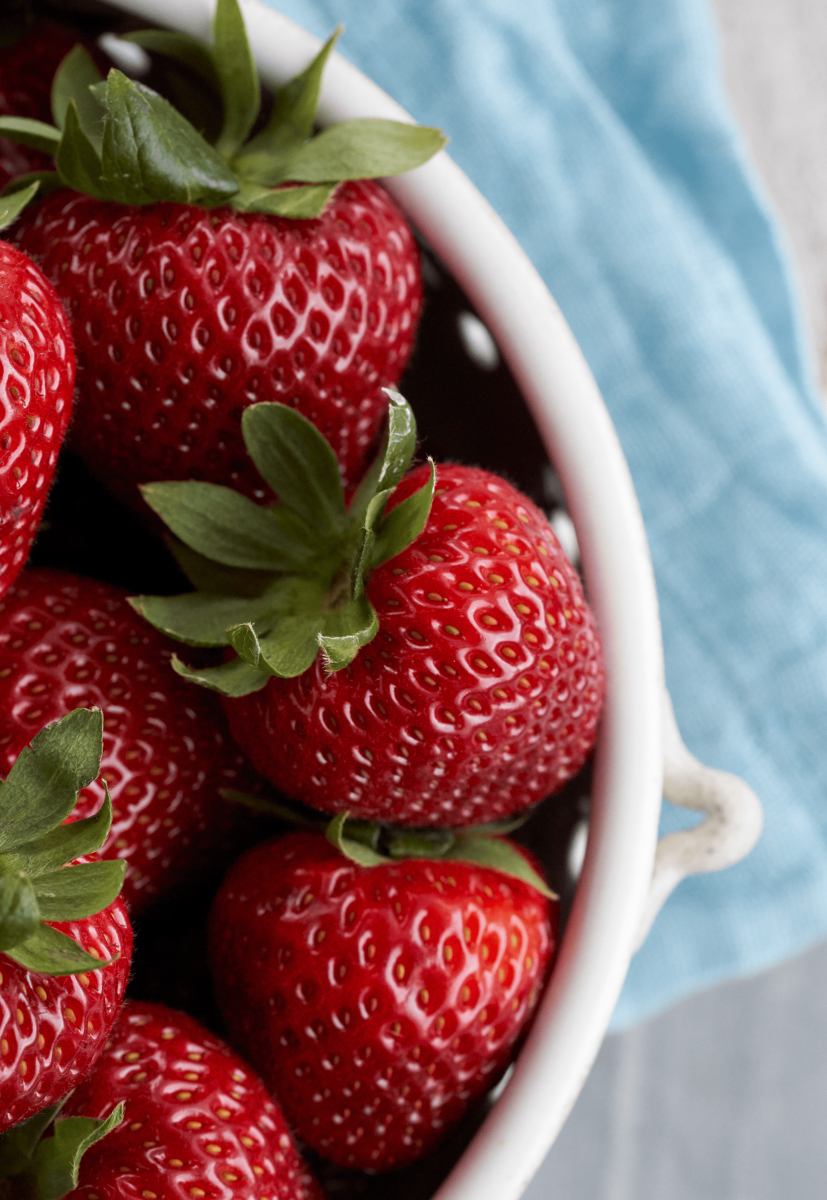Berry lovers unite
Join our community for tasty recipe ideas, handy hints, seasonal fun facts and more.

May 13, 2025 in Lifestyle
There’s nothing better than cracking open a punnet of strawberries and finding them perfectly red, juicy, and ready to eat. The trick is making sure they stay that way once you get them home. If you’ve ever noticed your punnet turning soft or mouldy after just a couple of days, you’re not alone. With the right washing and storing techniques, you can keep your strawberries fresher for longer and enjoy every last berry at its best.
At Driscoll’s, we’ve been growing and sharing your favourite strawberries for generations, and have added our Sweetest Batch Strawberries to the mix, too! Here’s our simple, expert guide to caring for your berries once you bring them home.
Unlike firmer fruits such as apples or pears, strawberries have thin skins and high water content, which makes them more vulnerable to bruising and mould. Even a little extra moisture can create the perfect environment for bacteria and mould spores to grow, causing your berries to spoil quickly.
That’s why how you wash and store them really matters. With a few easy steps, you can help your strawberries stay juicy, sweet, and delicious to eat.
Strawberries should always be washed before eating, but timing and technique are key. Here’s the best way to do it:
It can be tempting to wash the whole punnet as soon as you bring it home, but washing too early is a fast track to soft, mushy berries. Why? Because strawberries naturally absorb water. When excess moisture sits on their surface, it breaks down their skin, speeds up mould growth, and shortens their shelf life. For the freshest results, only wash what you’re about to eat.
When you’re ready to enjoy them, place the strawberries in a colander and rinse under cold running water, using your fingers to gently rub away any dirt. If you’d like a more thorough clean, soak the berries in a bowl of cold water with a splash of white vinegar (about 1 part vinegar to 3 parts water) for 1–2 minutes. The vinegar helps kill surface bacteria and mould spores. Make sure to rinse well afterwards to remove any vinegar taste.
After rinsing, spread the strawberries out on a clean tea towel or paper towel. Pat them dry gently, without rubbing, to avoid bruising the skin. Ensuring the berries are completely dry before eating or storing is essential, as moisture is the number one reason strawberries spoil too soon.

Proper storage is just as important as washing. Here’s how to make your punnet last:
At Driscoll’s, we’re proud to be your trusted berry experts, here to help you make the most of Australia’s freshest strawberries, blackberries, blueberries, and raspberries!